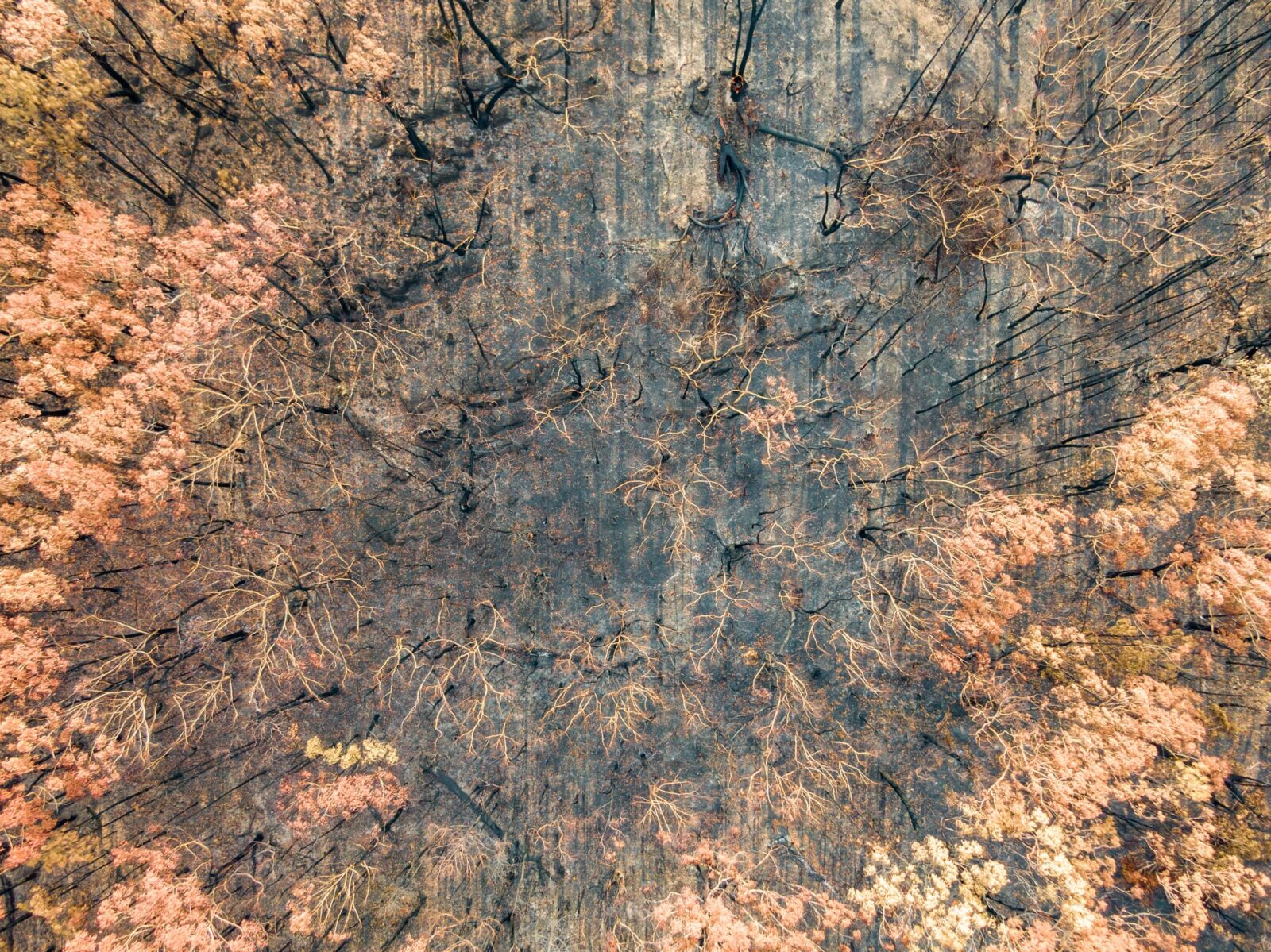Real time tracking of on-farm fatalities and injuries across Australia now available

 HONEY BEE & POLLINATION / Sunday, 10 November 2024
HONEY BEE & POLLINATION / Sunday, 10 November 2024 
Key messages
Tanya Latty and her team at The University of Sydney reviewed literature from around the world to collate the best-available knowledge on the potential impacts of prescribed burning on managed honey bees that rely on native forest flora for food. They uncovered a concerning lack of information.
“The surprising thing for us is the fact that there’s so little scientific research on the impacts of prescribed burning specifically on honey bees, and there’s also very little in general on bushfire and honey bees,” Tanya explained.
“We’re also interested in the indirect effects of fire on honey bees; for example, how fire changes floral resources. Again, we found very little research on the recovery rates of important plant species. Knowing this information is important to predict how different burn intensities may affect honey bees in the long term.”
Even when prescribed burns are low intensity, they could remove floral resources that may take years or decades to recover. Tanya’s team highlighted that the post-fire responses and recovery times for many important honey bee food species are not known – despite being essential knowledge for understanding the potential impacts of prescribed burning on beekeeping in native forests.
Understanding the real impacts of fire
The researchers recommended that a database of important plants for honey bees be developed in collaboration with beekeepers. Those who operate in native forests have extensive knowledge of important nectar and pollen-producing species and their flowering patterns, but this information is largely unpublished. Collecting and transferring this knowledge into an accessible database would represent an informative resource for authorities planning prescribed burns.
The fire responses of important honey bee food plants should also be classified. Understanding how these species respond after a fire could help authorities plan prescribed burn timeframes and avoid the possibility of beekeepers being unable to use sites for up to decades at a time.
Another key recommendation is to determine the value of native forest beekeeping sites across all regions of Australia. This would have wide-ranging benefits beyond understanding the impact of prescribed burning.
“We suggest the development of an app to record costs versus income, reasons for site use, floral resources available at the site, and the number of bee colonies located there,” Tanya said. “This would provide data that can demonstrate how public lands contribute to crop pollination, and provide increased incentive for their preservation.”
Two-way conversations needed
Tanya stressed the importance of continued collaboration between beekeepers and the authorities who manage prescribed burning.
While beekeepers are currently advised of prescribed burns to ensure their hives can be moved in time, they can still experience longer-term impacts due to the loss of important plant species and limited usability of a site. Consultation with beekeepers – while occurring in some states – is not consistent across the country.
“Communication between beekeepers and fire managers is vital. We suspect negative impacts can be at least partially mitigated if beekeepers are consulted into when a prescribed fire is carried out. For example, if we know an area is going to go into a high-value bloom very soon, then delaying a burn until after the flowering period can mean the site can be used for at least that year,” Tanya said.
Finally, the researchers recommended a nationwide expert consultation process to gather and analyse the wealth of beekeeper knowledge. This could be achieved through a systematic national survey. “The results of this consultation would create a valuable, accessible body of knowledge that could be used for future research and to improve planning around prescribed burning,” Tanya said.
 NATIONAL CHALLENGES AND OPPORTUNITIES / 10.11.24
NATIONAL CHALLENGES AND OPPORTUNITIES / 10.11.24  WORKFORCE AND LEADERSHIP / 10.11.24
WORKFORCE AND LEADERSHIP / 10.11.24  WORKFORCE AND LEADERSHIP / 10.11.24
WORKFORCE AND LEADERSHIP / 10.11.24  WORKFORCE AND LEADERSHIP / 10.11.24
WORKFORCE AND LEADERSHIP / 10.11.24